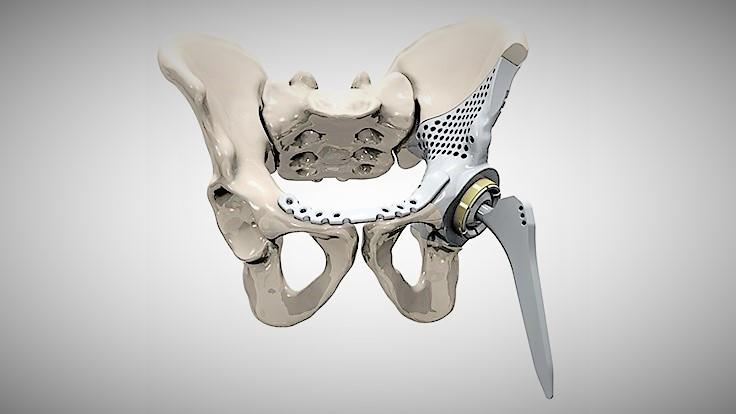
3D Printing of implantable medical devices
On August 10th 2017, the Therapeutic Goods Administration (TGA) held a workshop titled Regulatory considerations for additive manufacturing (3D printing) in the medical field.
3D printing is already used in large volume production of devices to a standard design as an alternative to traditional subtractive manufacturing, but this technology is becoming increasingly popular in medicine as a way to overcome patient-specific challenges, in particular in the area of cranial and facial reconstruction and orthopaedic implants.
3D printing has the potential to become a hugely disruptive technology, by enabling the move from large volume production of standard designs to 3D printing of patient-specific devices in hospitals or even at the physician’s own practice.
This “democratisation” of manufacturing comes with challenges, especially in the regulatory space. Any entity engaging in manufacturing of medical devices becomes a manufacturer as defined in the Therapeutic Goods Act 1989 and is subject to regulatory controls such as purchasing, production, packaging, labelling, sterilisation, storing and installing of medical devices.
Having 3D printed patient-specific devices on a commercial scale will result in a shift in risk from individual to population. Also, the reimbursement issue must be addressed to allow a more streamlined decision process and improved access for patient-specific devices.
To allow 3D printed implants that are now considered custom-made to be included in the Australian Register of Therapeutic Goods (ARTG) the TGA is proposing to consider the device is of a kind that is not exempt and the ‘custom-made’ aspect really consists of producing ‘variants’ of the device; or other devices ‘of the same kind’. Verification and validation could be performed at the limits of the specification ranges and/or samples which bracketed the worst case size configurations, to cover compliance with the essential principles for the full range of products.
The greatest challenge is likely to be for hospitals and healthcare facilities not familiar with the regulatory controls applicable to manufacturers of medical devices. They will need to learn about and allocate resources for things that perhaps they never worried about in the past, such as materials research, product technical documentation, production validation and regulatory submissions.
The US FDA has been very active bringing together technical 3D printing expertise from various industries spanning medical to aviation applications: https://www.fda.gov/MedicalDevices/ProductsandMedicalProcedures/3DPrintingofMedicalDevices/default.htm
2014 FDA workshop mentioned in the article:
https://www.fda.gov/downloads/MedicalDevices/NewsEvents/WorkshopsConferences/UCM421656.pdf
